Aliveform Proves the Most Interesting Shoes Are 3D-Printed
Japan’s Aliveform sells a range of interesting, stylish 3D-printed shoes — and they feel just as good as they look.
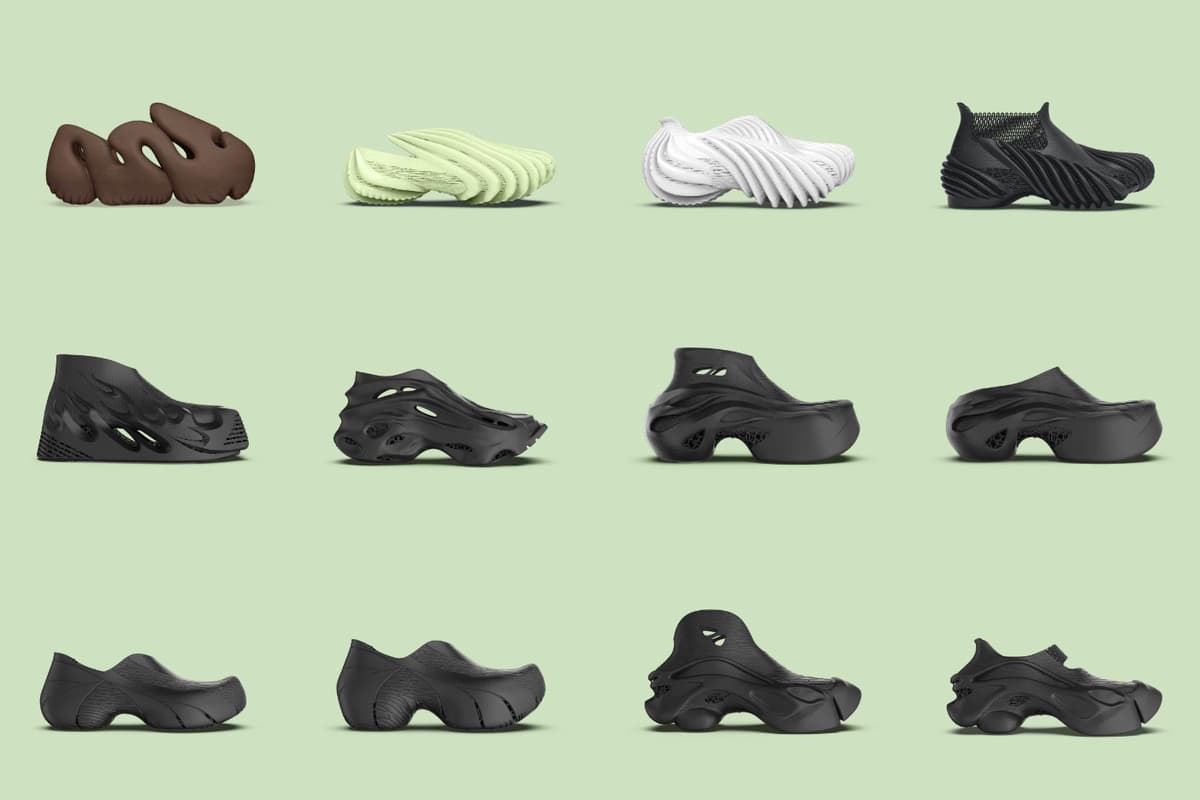
“Sneakerhead” is a term with mixed connotations. In the best way, it refers to a group of passionate persons who love the designs and stories behind great shoes, collecting the best just as you would great art or books. That’s why I collect; and it’s why I dislike those who simply buy the latest releases because they’re popular. It would be someone who only buys from the “best seller” section of a bookstore, or a self-described cinéaste who only watches the top program on Netflix.
I have almost 100 pairs in my shoe collection. But though I have Jordans, Yeezys, and many classics, the pairs that get the most attention are from one small brand out of Japan, Aliveform, which recently showed off their new collection in Paris.
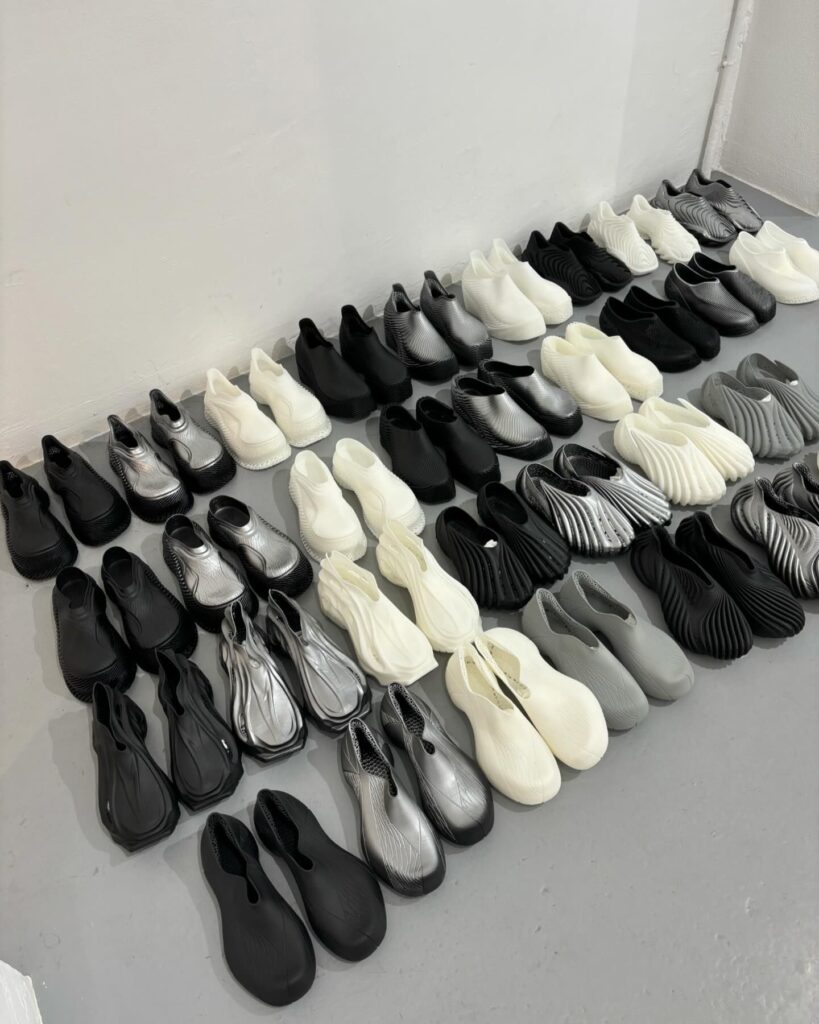
My collection has three pairs of Aliveform shoes, with three more on the way: the Monstera clog, Armis Low one-piece foam sneaker, TOPO-1 mid-top sneaker, and incoming are their black Armis Mid Chelsea boot, a second pair of Armis Low, and their upcoming Stratum Talos mules. By description, these all sound fairly normal. However, just from a photo, you can tell they’re anything but.
These shoes are 3D printed, and their inspiration from organic shapes comes directly from this process. The shoes are printed out of resin, hardened by lasers, and the remaining resin then drains out of the holes in the material. Each shoe grows in its printer layer by layer, and their design is inspired by that process. The Monstera takes its look from the plants that share its name, and the TOPO-01 from topographic maps.
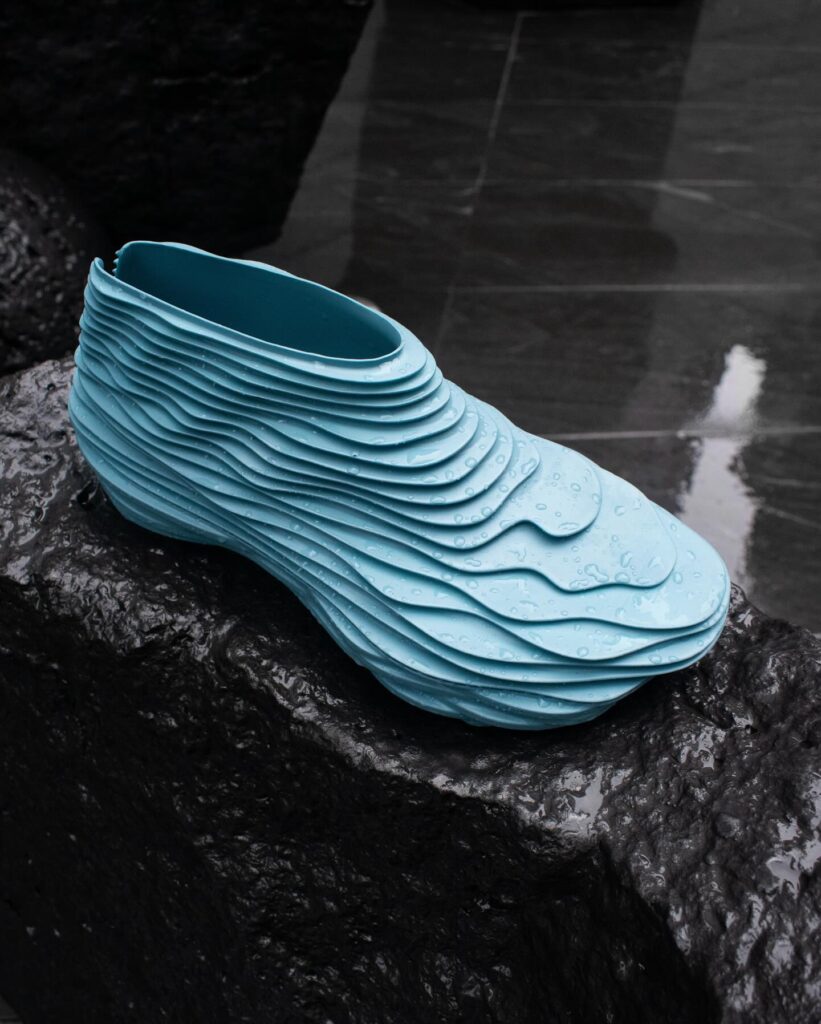
Despite their varying looks, each shoe is made entirely of the same material. Instead of using foam and air pockets to create comfort, the shape and feel of the shoes come from the thickness of that material and how dense the lattice is within solid sections. Were you to cut open a pair of their shoes, you would find an interior honeycomb of varying thicknesses and density; wide and thin in large, soft parts, and thick and dense under your forefoot.
They’re not the most comfortable shoes on the planet — foam is still the king here, particularly in New Balance’s 990 line — and nor do they feel like any other shoe under foot. Your weight moves with them differently, and there’s no mistaking you’re wearing for any other shoes, but not necessarily in a bad way.
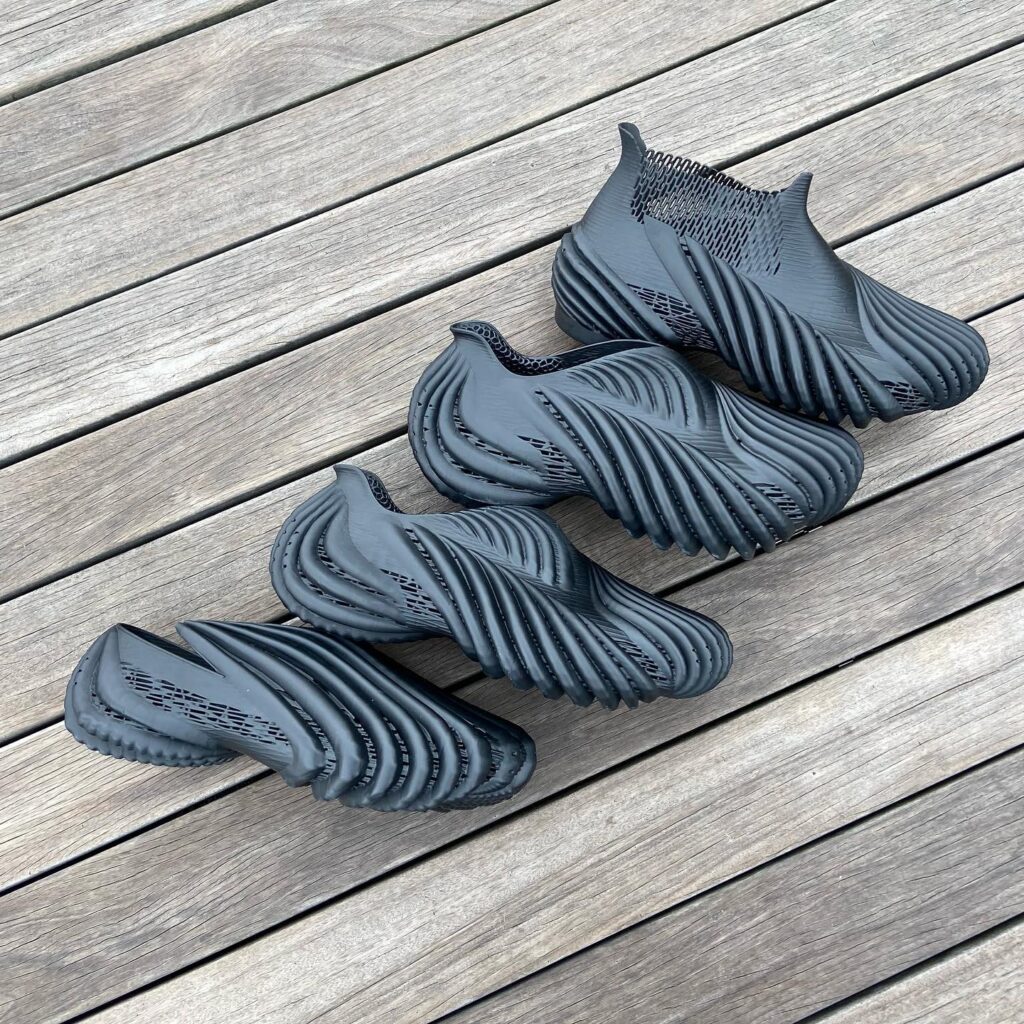
The Armis Low and TOPO-1 have similar comfort to low-profile sneakers like the Samba, but their shape and more flexible singular material make them move and flex with the movement of your foot, bringing you part way to a bare-foot experience. By contrast, the chunky Monstera doesn’t feel like any other shoe I’ve worn. It’s immensely comfortable, as you feel like you’re walking on something halfway between memory foam and a cloud, with your foot sinking into the foundation with every step.
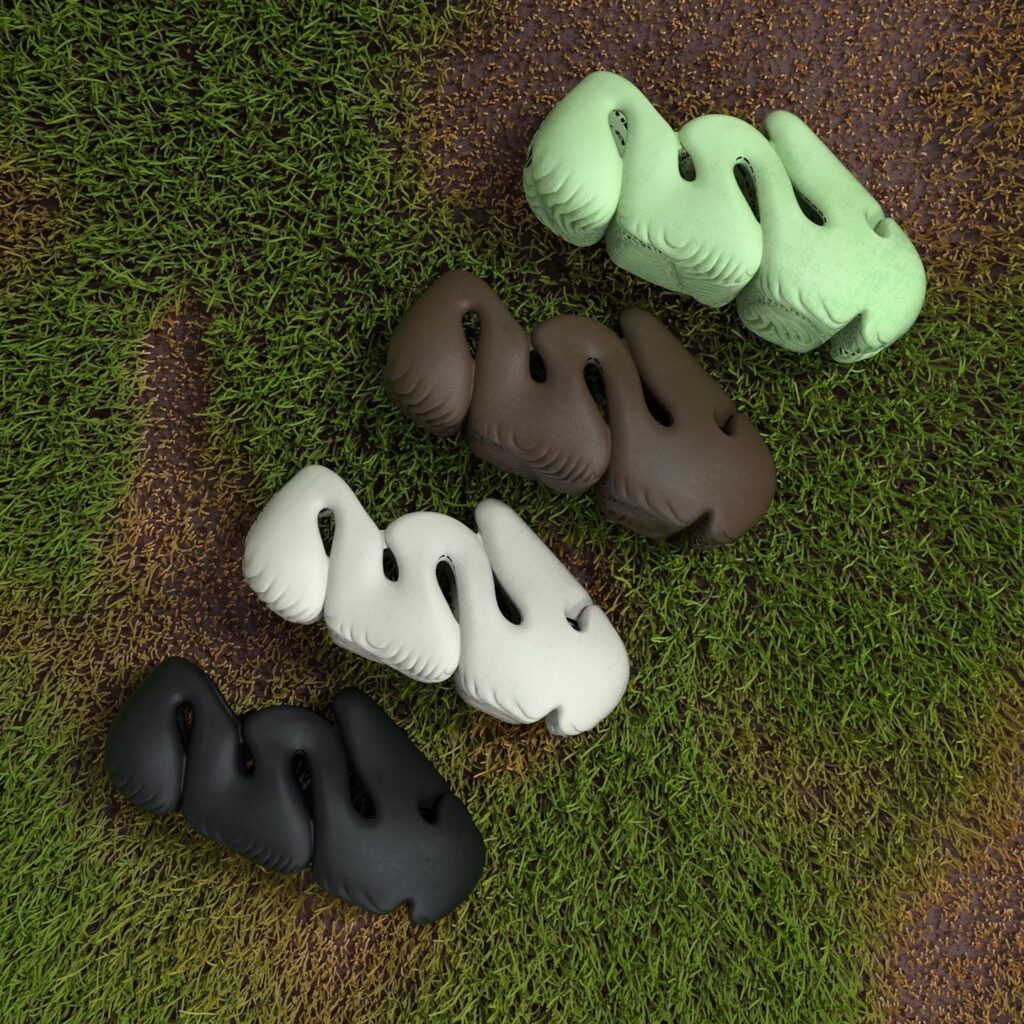
Given the technical requirements of printing these shoes, they’re not cheap, particularly compared to low-cost injection-molded foam shoes. The Monstera costs $410, the Armis shoes cost between $270 and $400, and the Flaine collection peaks with the hot-rod-inspired Flaine Flare at $525. These are designer products purchased by persons who want a particular style and who are interested in innovation; and that’s me.
I’m sick of “sneakerheads” who just buy endless color variations of the same retro Nikes or those who profess their love of fashion and just buy overpriced luxury versions of generic sneakers to show off that they have money. But Aliveform gives you something different. They feel different, look different, have a fascinating design and process behind them, and are comfortable, wearable shoes.

